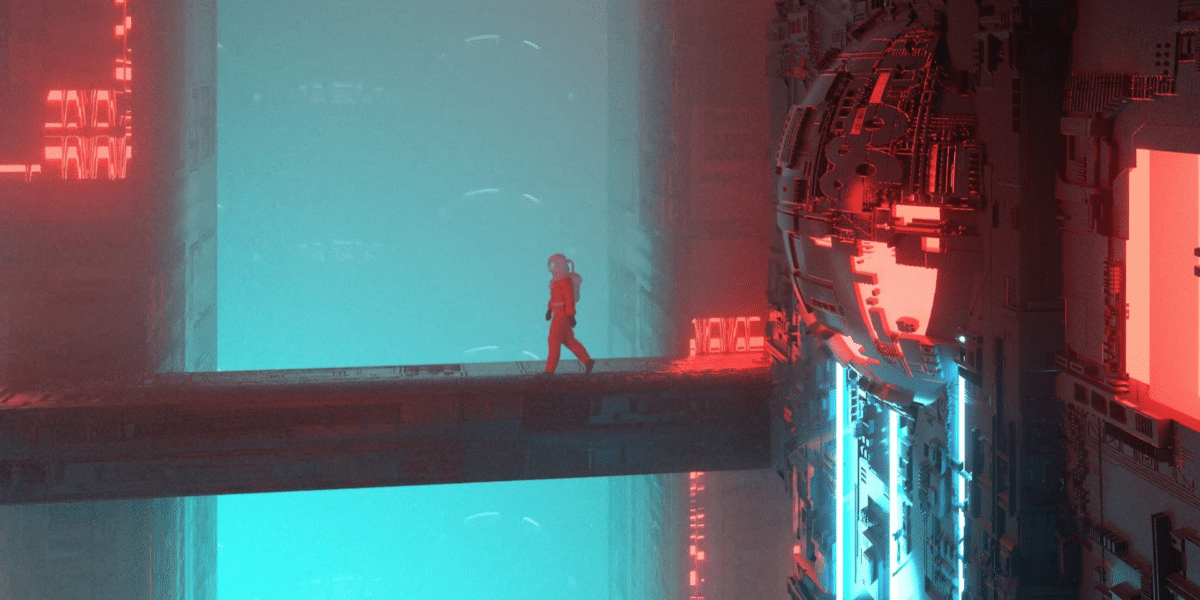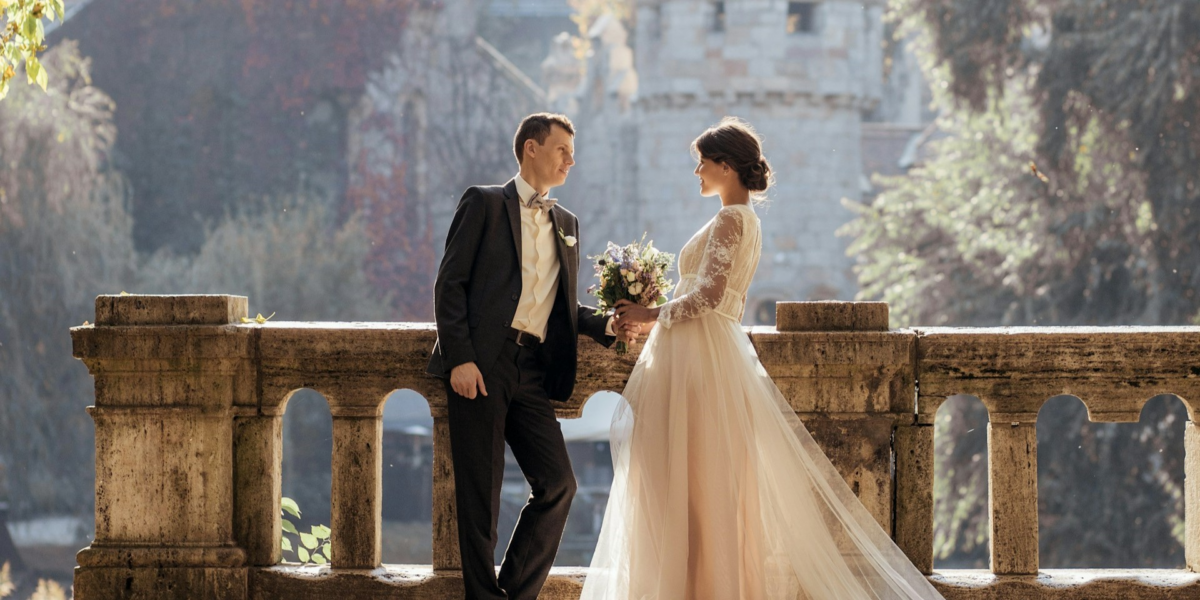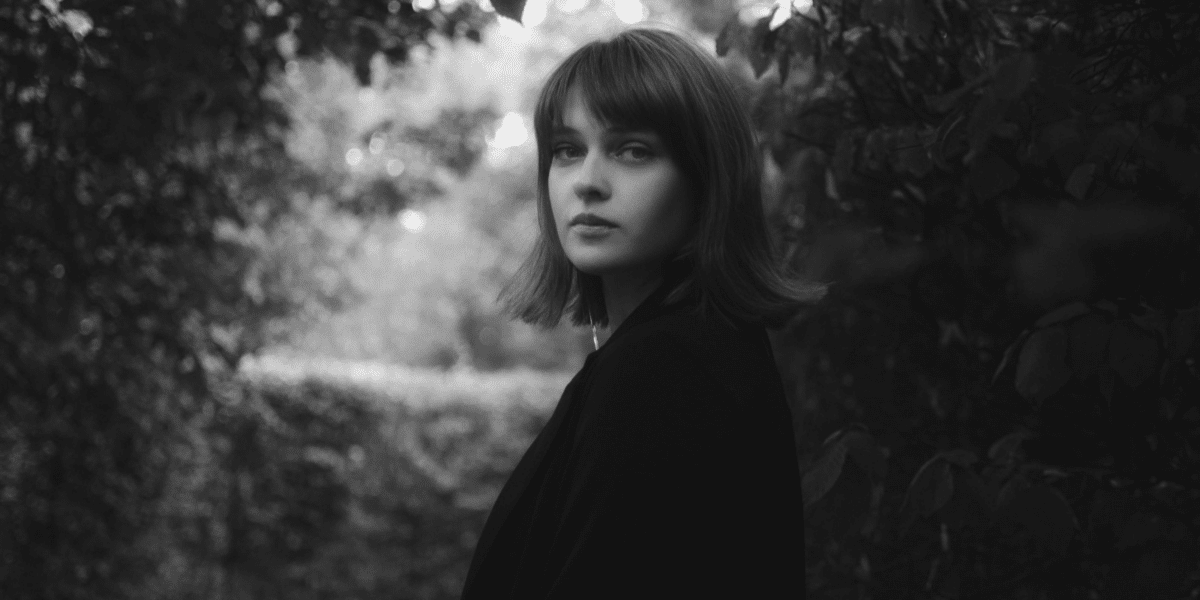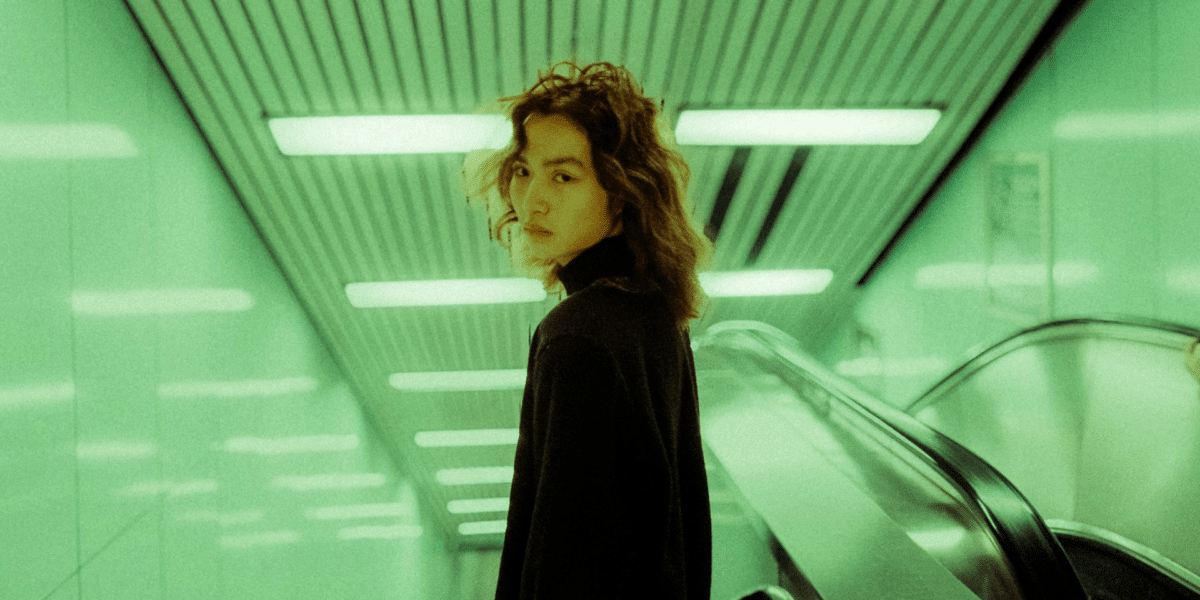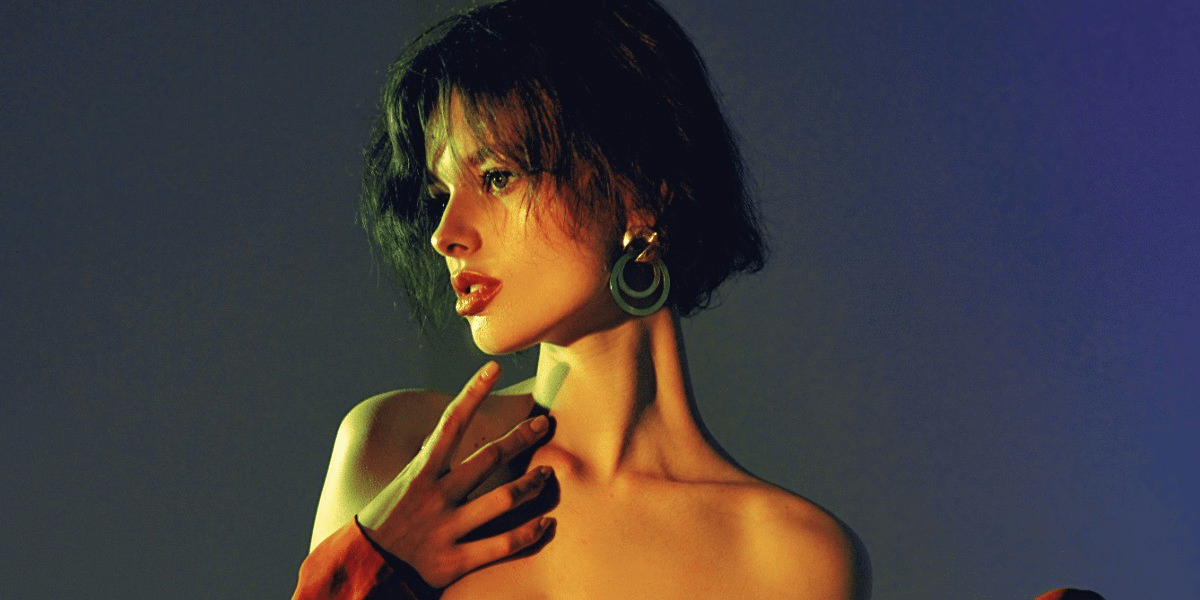Exploring the Evolution of Dystopian Society in Films
Dystopian films have long captivated audiences with their dark and often unsettling portrayals of society. From totalitarian regimes to post-apocalyptic landscapes, these films explore themes of oppression, surveillance, and the human condition in a world gone awry. Over the years, the portrayal of dystopian society in films has evolved, reflecting changes in society, technology, and cultural attitudes. In this article, we’ll delve into the evolution of dystopian society in films and examine how these portrayals have evolved over time.
1. Early Depictions of Dystopia
The roots of dystopian cinema can be traced back to the early 20th century, with films such as “Metropolis” (1927) and “A Clockwork Orange” (1971) laying the groundwork for the genre. These films depicted oppressive, authoritarian societies ruled by dictators and bureaucracies, where individual freedoms were sacrificed for the greater good of the state. While these early dystopian films were groundbreaking in their portrayal of societal issues, they often lacked the sophistication and nuance of later works.
Furthermore, early dystopian films often served as cautionary tales, warning audiences about the dangers of unchecked power and the erosion of individual liberties. By depicting extreme scenarios of societal collapse and oppression, these films challenged viewers to reflect on the potential consequences of societal complacency and authoritarianism.
2. Rise of the Post-Apocalyptic Narrative
In the latter half of the 20th century, the post-apocalyptic narrative emerged as a dominant theme in dystopian cinema. Films like “Mad Max” (1979) and “The Road Warrior” (1981) depicted a world ravaged by war, environmental catastrophe, or societal collapse, where survivors struggled to survive in a harsh and unforgiving landscape. These films explored themes of survival, resilience, and the human capacity for both cruelty and compassion in the face of adversity.
Moreover, post-apocalyptic films often served as allegories for contemporary societal anxieties, reflecting concerns about nuclear war, environmental degradation, and social upheaval. By depicting the aftermath of catastrophic events, these films forced audiences to confront the fragility of civilization and the resilience of the human spirit in the face of adversity.
3. Technological Dystopias
With the rise of technology in the 21st century, dystopian films began to explore the dark side of technological advancement. Films like “Blade Runner” (1982), “The Matrix” (1999), and “Minority Report” (2002) depicted worlds where surveillance, artificial intelligence, and genetic engineering had run amok, leading to the erosion of privacy, autonomy, and individuality. These films raised important ethical questions about the role of technology in society and the potential consequences of unchecked technological progress.
Additionally, technological dystopias often serve as cautionary tales about the dangers of relying too heavily on technology and sacrificing fundamental human values in the pursuit of progress. By depicting scenarios of technological dystopia, these films encourage audiences to critically examine the impact of technology on society and consider the ethical implications of scientific advancement.
4. Political Dystopias
In recent years, dystopian cinema has increasingly turned its focus to political themes, reflecting contemporary anxieties about authoritarianism, populism, and social inequality. Films like “V for Vendetta” (2005), “The Hunger Games” (2012), and “Snowpiercer” (2013) depict societies ruled by oppressive regimes, where dissent is suppressed, and freedom is a luxury afforded only to the elite. These films serve as cautionary tales about the dangers of unchecked power and the importance of resistance and activism in the face of injustice.
Furthermore, political dystopias often draw parallels to real-world political movements and historical events, inviting audiences to reflect on the consequences of political extremism and the erosion of democratic norms. By depicting societies ruled by oppressive regimes, these films challenge viewers to consider the fragility of democracy and the importance of safeguarding civil liberties and human rights.
5. Environmental Dystopias
The growing awareness of environmental issues has also influenced the portrayal of dystopian society in films. Films like “Children of Men” (2006), “WALL-E” (2008), and “Interstellar” (2014) depict worlds ravaged by climate change, pollution, and ecological collapse, where humanity struggles to survive in a deteriorating environment. These films highlight the urgent need for environmental stewardship and collective action to address the existential threats facing our planet.
Moreover, environmental dystopias often serve as wake-up calls, urging audiences to confront the reality of climate change and take action to protect the planet for future generations. By depicting the catastrophic consequences of environmental degradation, these films inspire viewers to reevaluate their relationship with the natural world and consider the impact of their actions on the environment.
6. Subverting Dystopian Tropes
In recent years, filmmakers have begun to subvert traditional dystopian tropes, offering more nuanced and complex portrayals of society. Films like “District 9” (2009), “Her” (2013), and “Ex Machina” (2014) challenge the binary distinctions between utopia and dystopia, exploring the gray areas between hope and despair, progress and regression. These films offer audiences a more nuanced understanding of the complexities of human society and the potential for both good and evil within us all.
Furthermore, these films often blur the lines between reality and fantasy, inviting audiences to question their perceptions of truth and fiction. By subverting traditional dystopian tropes, these films challenge viewers to think critically about the nature of society and the complexities of human nature, ultimately offering a more nuanced and thought-provoking exploration of dystopian themes.
Dystopian Society Always Reflects the Time
The evolution of dystopian society in films reflects changes in society, technology, and cultural attitudes over time. From early depictions of oppressive regimes to more nuanced explorations of technological, political, and environmental dystopias, these films offer audiences a window into our collective fears, hopes, and aspirations. Whether serving as cautionary tales, thought-provoking critiques, or escapist entertainment, dystopian cinema continues to captivate and challenge audiences around the world, inviting us to imagine both the darkest depths and the brightest possibilities of the human experience.

